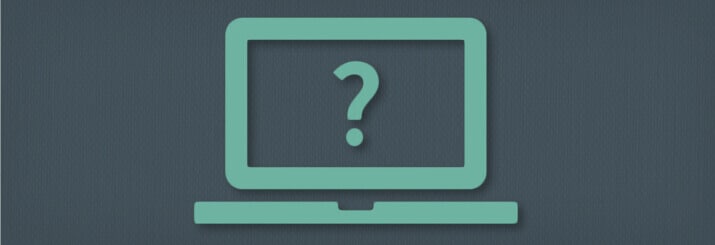In the past year, vibrant colors, improved stock images, diverse typography and the desire for simplified, uncluttered design has made room for two trends in user interface: Flat UI and Skeuomorphism. While both very different, eagerness to implement new website design trends can leave a business questioning which route is most valuable.
Here we’ll discuss the pros and cons of each and what projects benefit most from these concepts:
Flat User Interface Design
Also known as 2-D interface design, some examples include Nest and the Microsoft Windows 8 platform. Known for eye-catching colors and icons, flat design is a great design option for businesses with minimal content needs and image resources.
Pros
- Makes content easier to digest by stripping away erroneous design elements
- Effective in communicating site navigation and usability
- Efficient in communicating calls-to-action and providing information to visitors
- Easily scalable to responsive design
Cons
- Temptation to strip too much away from the page
- Lack of drop shadows and other image effects could mislead visitors which page elements are interactive and which are static
- Due to minimal design choices, colors and shapes used are critical to its success
Skeuomorphism User Interface Design
Skeuomorphism, or realism design, is the textural treatment given to a website to make elements appear as real objects. Some favorite implementations include Panera Bread and Ideator.
Pros
- Gives the user familiarity within the website
- Quickly conveys a certain atmosphere, theme, and purpose for the website
Cons
- Excessive use of textural elements can become cluttered and distracting
- Inappropriate use of drop shadows and textures can create a false identity
- Loss of functionality
- Website content is ignored
- Restriction to real lie elements hinders development and design options
Which is optimal for B2B?
When looking at the B2B sector, flat design as the most professional, clean and optimal style. While it might be a buzz term, the simple layout can ultimately outlast a skeuomorphic design within the B2B sector for the following reasons:
- Flat design communicates messages and tones dealing with intangible services much better than realism. It is best to present abstract services and overall company messages/brand in the simplest way possible, and clean lines and graphics tends to get those messages across quickly and efficiently.
- Navigation is also made easy when everything is cleanly laid out and organized in a modular fashion, directing the user to take action on various parts of the website.
The two UI designs serve very different needs. Flat interface is commonly seen within tech or large consumer product companies, while skeuomorphism is utilized by apps and lifestyle websites. Regardless, when approached with a client demanding out-of-the-box designs, understanding the pros and cons of each trend helps push the design process in the right direction.



